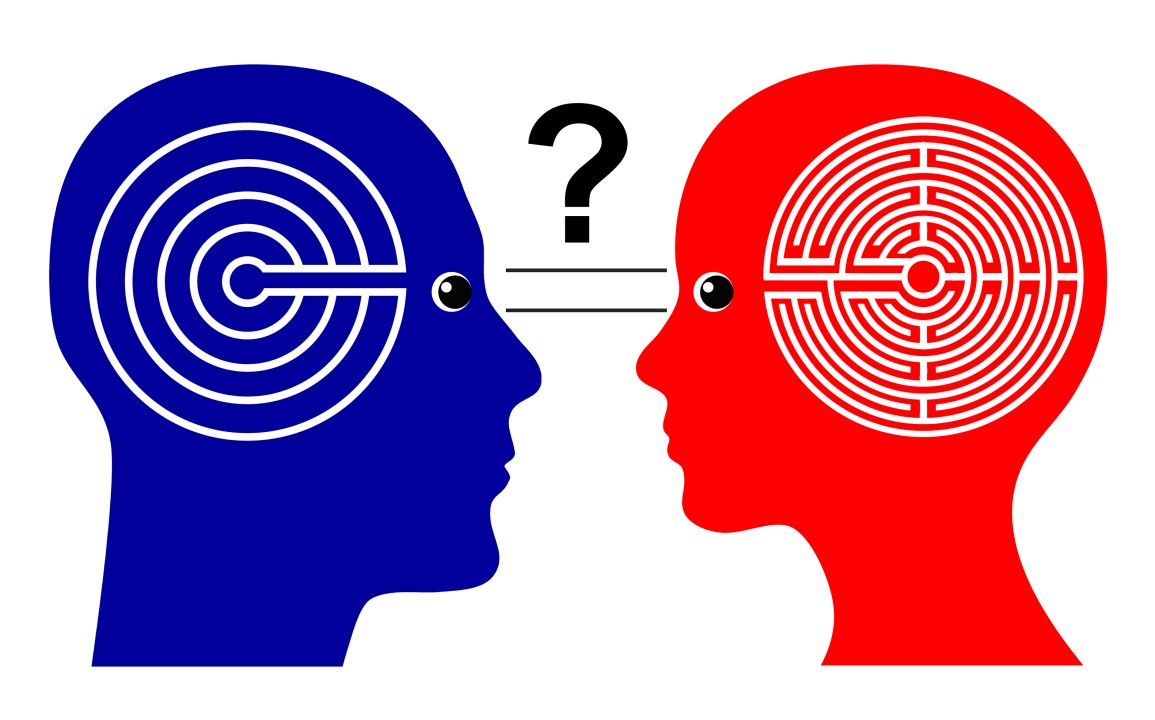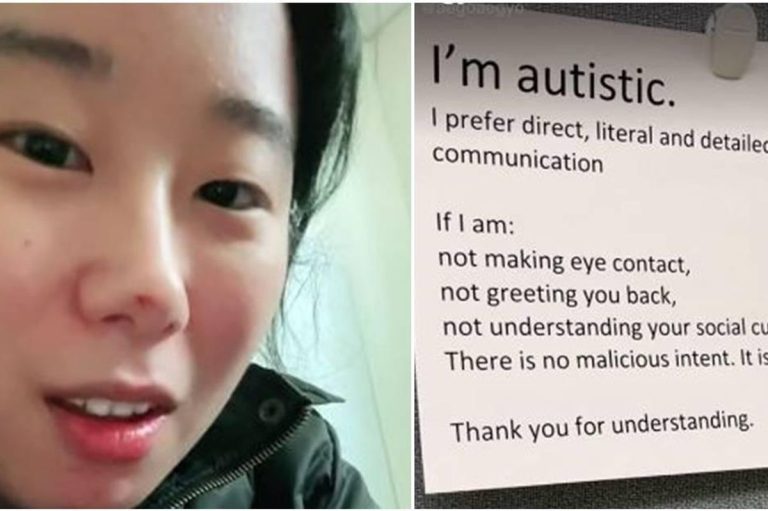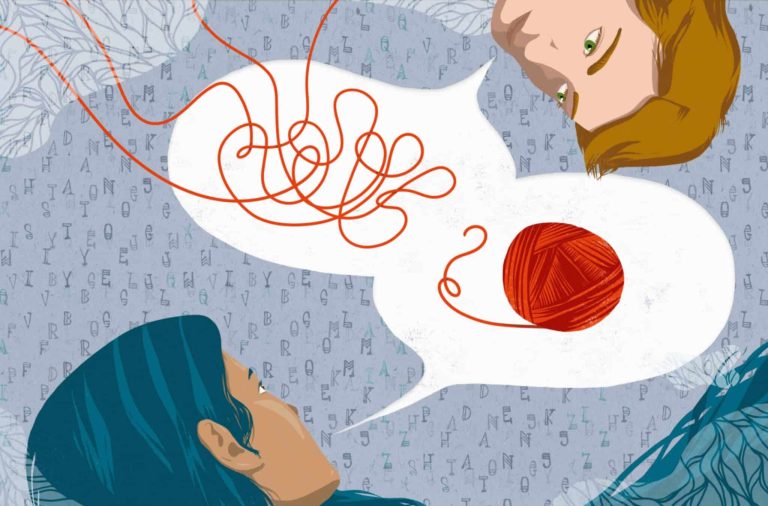Indirect Communication: Unraveling Its Hidden Impact
Indirect communication involves conveying messages subtly. It’s not about direct words.
It’s about hints and suggestions. In many cultures, indirect communication plays a key role. It’s often seen as polite and considerate. People use gestures, tone, or context instead of clear words. This style can prevent conflicts. It can also maintain harmony in relationships.
But it might confuse those used to direct speech. Understanding indirect communication can bridge cultural gaps. It can improve personal and professional interactions. This form of communication requires keen observation. It’s an art to read between the lines. In this blog, you’ll explore its nuances. You’ll learn how to recognize and interpret it effectively. Dive in to understand the unspoken words behind this fascinating communication style.
The Nature Of Indirect Communication
Indirect communication is a subtle art of conveying messages. It often relies on non-verbal cues, tone, or context. This form of communication can sometimes be puzzling. But it serves specific purposes in various cultures. Understanding indirect communication can improve personal and professional interactions.
Characteristics Of Indirect Communication
Indirect communication is often less direct and more nuanced. It uses hints and suggestions to convey a message. This style avoids direct confrontation or bluntness. It is often considered polite and respectful. Indirect communicators prefer maintaining harmony and avoiding conflict. Messages are often wrapped in context rather than being straightforward.
Cultural Influences On Communication Styles
Cultural backgrounds significantly shape communication styles. In some cultures, indirect communication is the norm. Societies valuing group harmony lean towards indirect methods. In contrast, individualistic cultures might favor direct communication. Understanding these differences helps in avoiding misunderstandings. It also enhances mutual respect and effective communication.

Credit: www.youtube.com
Psychological Implications
Indirect communication often involves subtle cues and gestures. It influences relationships by affecting clarity and understanding. People may interpret messages differently, leading to miscommunication or deeper connection.
Indirect communication is a fascinating aspect of human interaction that can deeply influence our psychology. It often means saying one thing but implying another, leaving room for various interpretations. This can be both a strength and a challenge in relationships and personal well-being. Understanding its psychological implications can help you navigate the complexities of indirect communication more effectively.Impact On Interpersonal Relationships
Indirect communication can shape the dynamics of your relationships. It can create a sense of mystery and intrigue, which might strengthen bonds. However, it can also lead to confusion and frustration. Imagine a friend who always hints at needing help but never directly asks for it. You might feel unsure of how to respond, which can create distance over time. Clear communication can help bridge these gaps, encouraging more authentic connections.Stress And Misunderstandings
Indirect communication can be a source of stress. Have you ever left a conversation wondering what the other person truly meant? This uncertainty can lead to overthinking and anxiety. Misunderstandings are common when indirect signals are misinterpreted. For instance, a colleague who nods in agreement but feels differently might not address issues directly. This can create tension in the workplace, affecting productivity. Addressing these situations with open dialogue can reduce stress and foster a more understanding environment. By examining your own communication style, you might uncover ways to improve your interactions. Are you often indirect in your approach? Consider how it might impact those around you. Encouraging direct communication can lead to clearer and more meaningful relationships. How can you adjust your style to better support those you care about?Indirect Communication In The Workplace
Indirect communication is a subtle form of interaction often seen in workplaces. It involves conveying messages without saying them directly. This style can help maintain harmony and prevent conflicts. Understanding indirect communication can improve workplace relationships and efficiency.
Navigating Office Dynamics
Office dynamics can be complex and layered. Indirect communication plays a key role here. Employees often use it to express concerns or give feedback. This approach helps avoid direct confrontation. It also ensures messages are delivered delicately. Recognizing indirect cues can lead to better team collaboration. It requires careful listening and observation.
Leadership Styles And Communication
Leaders often use indirect communication to guide their teams. This method can inspire creativity and independent problem-solving. By hinting at ideas, leaders encourage team members to think critically. Different leadership styles may affect how indirect communication is used. Some leaders prefer a direct approach, while others lean towards subtle guidance. Understanding these styles helps in adapting communication methods.

Credit: www.wikihow.com
Social Media And Indirect Communication
Social media shapes how we communicate indirectly every day. Messages shared online often reach a vast audience. People use platforms like Facebook and Twitter to express thoughts. Indirect communication happens when messages are not direct or clear. Social media amplifies this type of communication. Users often rely on subtweets, memes, or cryptic posts. This style can lead to misunderstandings.
Virtual Communication Challenges
Interacting online brings unique problems. Tone and intention can be misread. Emojis and abbreviations don’t always convey the full message. This can lead to confusion. Users might interpret posts in unexpected ways. Personal interactions lack the nuance of face-to-face talks. Miscommunication can easily occur. People often feel disconnected despite being online.
Influence On Public Perception
Social media impacts how the public views topics. Indirect messages can spread quickly. They shape opinions without direct evidence. Rumors and gossip thrive on indirect communication. This affects reputations and opinions. Public perception changes based on shared content. Messages can influence without facts. They create a narrative people follow.
Enhancing Communication Skills
Communication is a vital part of our daily lives. It helps us connect with others. Enhancing communication skills can improve personal and professional relationships. Indirect communication is often subtle and nuanced. Understanding it can lead to better interactions. Let’s explore ways to enhance these skills.
Developing Direct Communication Techniques
Direct communication is clear and straightforward. It helps avoid misunderstandings. Practice stating your thoughts clearly. Use simple words. Keep sentences short. This makes your message easy to understand.
Active listening is key. Pay attention to what others say. Respond appropriately. This builds trust and respect. Ask questions if needed. Clarifying doubts ensures a shared understanding.
Building Emotional Intelligence
Emotional intelligence helps in understanding emotions. Both your own and others. Recognize your feelings. Identify how they affect your communication. Manage emotions to stay calm.
Empathy is crucial. It allows you to see from another’s perspective. This can improve interactions. Practice empathy regularly. It enhances your ability to connect with people.
Emotionally intelligent individuals communicate more effectively. They adapt to different situations. This leads to more meaningful conversations.

Credit: www.linkedin.com
Frequently Asked Questions
What Is Indirect In Communication?
Indirect communication conveys messages subtly without direct expression. It uses hints, gestures, or context. This style often relies on non-verbal cues and can vary across cultures. Indirect communication maintains harmony by avoiding confrontation, making it essential in diplomatic or sensitive situations.
Understanding context is crucial to interpreting indirect messages accurately.
What Is An Example Of Indirect Language?
An example of indirect language is saying, “It’s getting late,” to suggest that it’s time to leave. This approach avoids direct commands and is often more polite or subtle. Indirect language can soften requests or suggestions, making communication more nuanced and considerate.
What Are The Differences Between Direct And Indirect Communication?
Direct communication is clear and straightforward, expressing thoughts openly. Indirect communication relies on context, subtle hints, and non-verbal cues to convey messages. Direct style is typically more efficient, while indirect style emphasizes politeness and tact. Preferences for each style vary by culture and situation.
Conclusion
Indirect communication plays a vital role in many cultures. It helps to convey messages subtly and maintain harmony. This style often avoids direct confrontation and promotes understanding. While it might seem confusing at first, with practice, it becomes clearer. Being aware of indirect communication can improve relationships.
It helps to read between the lines and grasp hidden meanings. Remember, patience and observation are key. Listening closely allows you to catch nuances. It builds stronger connections with people from different backgrounds. Embrace indirect communication to enrich your interactions.
It opens doors to deeper comprehension and mutual respect.




